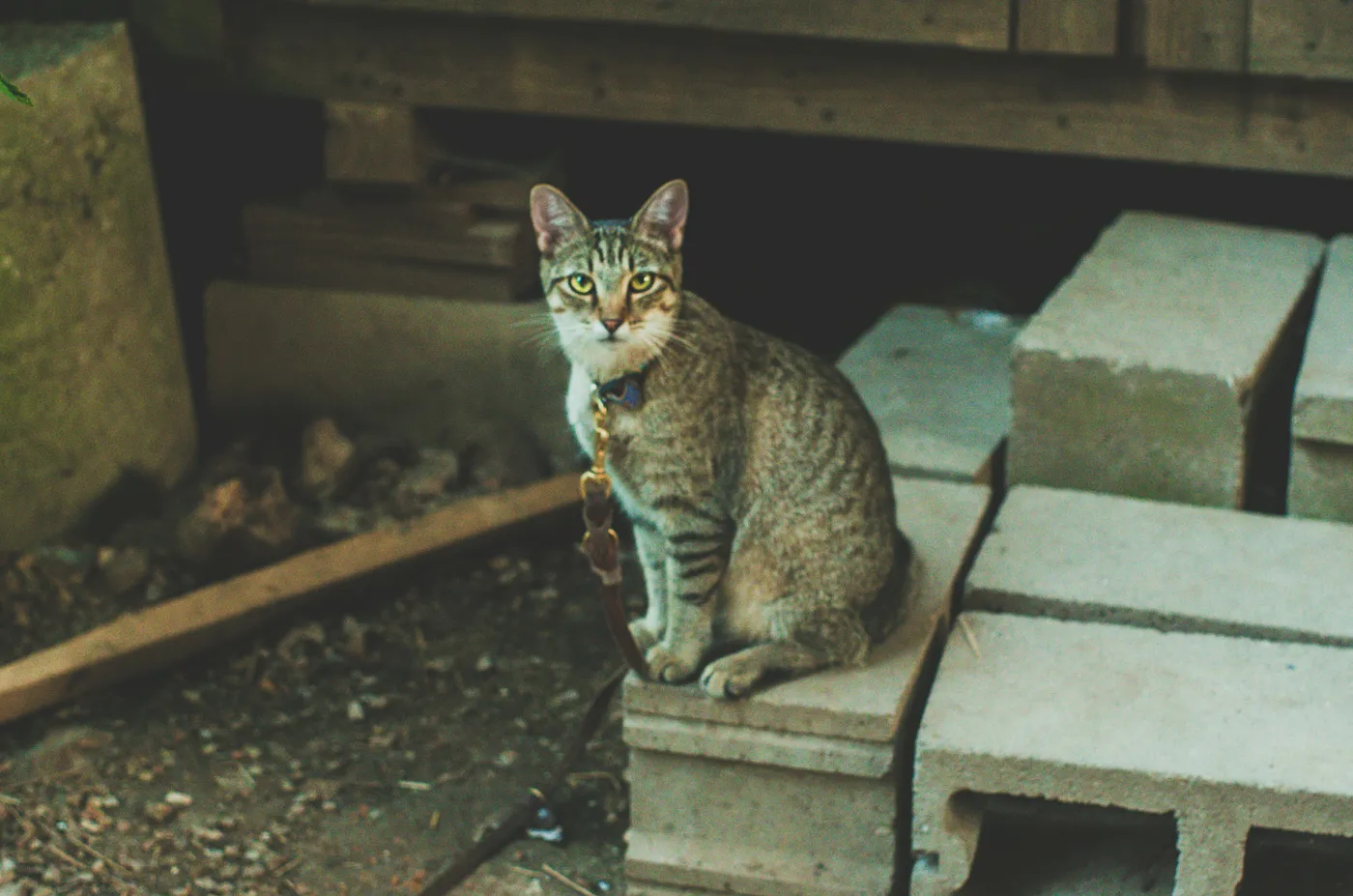Why Cat Training is Important
Training your cat helps correct unwanted behaviors, keeps them mentally stimulated, and strengthens your bond. A well-trained cat is more likely to be well-behaved, which leads to smoother daily interactions and a more harmonious home.
Imagine this: you come home after a long day, and instead of finding shredded curtains or a toppled-over plant, your cat is waiting patiently by the door, ready to greet you. This shows how training can create a calm and well-behaved pet, making your life easier and more enjoyable. Cat training can help make this dream a reality, turning chaos into calm and reinforcing a positive relationship with your furry companion.
By using training techniques like clicker training and positive reinforcement (rewarding good behavior with treats, praise, or toys), you can guide your cat to learn new skills and expected behaviors. This also addresses problem behaviors like scratching furniture, excessive meowing, or inappropriate elimination, which can be frustrating for both you and your pet. Redirecting these actions with consistency and rewards can create a peaceful living environment and make your relationship more enjoyable.
Training isn’t just about obedience—it's also about connection. As your cat learns words and commands, they start to understand their environment better, and you develop a deeper bond. When your cat responds positively to training, it’s rewarding for both of you, providing a sense of accomplishment and reinforcing the love and trust between you.
Positive Reinforcement: The Key to Successful Cat Training
Positive reinforcement is one of the best ways to train your cat. Instead of punishing unwanted behaviors, this approach focuses on rewarding desirable actions with treats, praise, or toys. One popular method is clicker training—using a clicker sound to mark the exact moment your cat does something right, followed by a reward. This technique helps your cat understand what you want from them and encourages repetition of good behaviors.
For example, if your cat jumps onto their scratching post instead of your sofa, a click and a treat let them know they've made the right choice. Over time, they'll prefer the scratching post simply because it means rewards and praise.
It’s important to choose rewards that resonate with your cat. Some cats love treats, while others might respond better to verbal praise or a favorite toy. Finding what works best for your cat will keep them motivated and excited to learn. Consistency is also key—reward your cat immediately after they display the desired behavior, so they understand the connection between their action and the positive outcome. Remember, patience is crucial; each cat learns at their own pace, so keep training sessions short and engaging to get the best results.
Establishing Consistency and Patience in Your Cat Training Routine
Consistency and patience are the cornerstones of successful cat training. By committing to regular, short training sessions and using the same cues and commands every time, you create a reliable structure that helps your cat understand what you want. Clicker training can be especially useful here, serving as an immediate signal for your cat to know when they’ve done something right.
Think of training like planting a garden—you can’t expect flowers to bloom overnight. With time, care, and patience, you'll eventually see beautiful results that make all the effort worthwhile. Cats thrive on routine, and establishing a consistent training schedule helps your cat absorb and retain new commands and tricks. Don’t rush the process—cats have their own unique learning pace. Celebrate small wins and keep sessions light and enjoyable. When your cat struggles, stay patient and understanding. It’s not just about learning commands; it’s also about building trust and strengthening your relationship.
Understanding Your Cat’s Natural Behaviors for Better Training Outcomes
To effectively train your cat, it’s important to understand their natural instincts. Cats are solitary hunters by nature, and many of their behaviors, like scratching furniture or excessive meowing, are deeply rooted in their instincts. By aligning your training strategies with these natural tendencies, you can modify problematic behaviors more effectively.
For example, if your cat is scratching your furniture, provide a scratching post and use positive reinforcement to encourage them to use it. Tools like a target stick can be helpful for redirecting their focus and guiding them toward the right actions. If your cat loves to climb, consider adding some vertical spaces or cat trees where they can explore and climb to their heart's content. This not only keeps them entertained but also keeps their instinctual needs satisfied.
Cats thrive on consistency, and patience is key to successful training. Each cat learns at their own pace, so it’s important to embrace their individuality and adjust your methods accordingly. Celebrate every small success, and keep sessions positive and engaging.
Resource
Product Review: Total Cat Mojo: The Ultimate Guide to Life with Your Cat
If you want to understand your cat better, Total Cat Mojo by Jackson Galaxy is an insightful guide. This book offers insights into cat behavior that will help you address common challenges and create a more harmonious home environment. Jackson Galaxy, a renowned cat behaviorist, provides practical advice and tips that empower cat owners to meet their cat's needs while encouraging positive behaviors. The book is engaging, informative, and perfect for anyone who wants to deepen their understanding of their cat's natural instincts and develop a stronger bond.
Training not only helps resolve behavioral issues but also enriches your cat’s quality of life, making your bond even stronger. And who knows—soon you might even have your cat sitting on command or giving high-fives, all while building a stronger, more loving relationship.


.jpg)